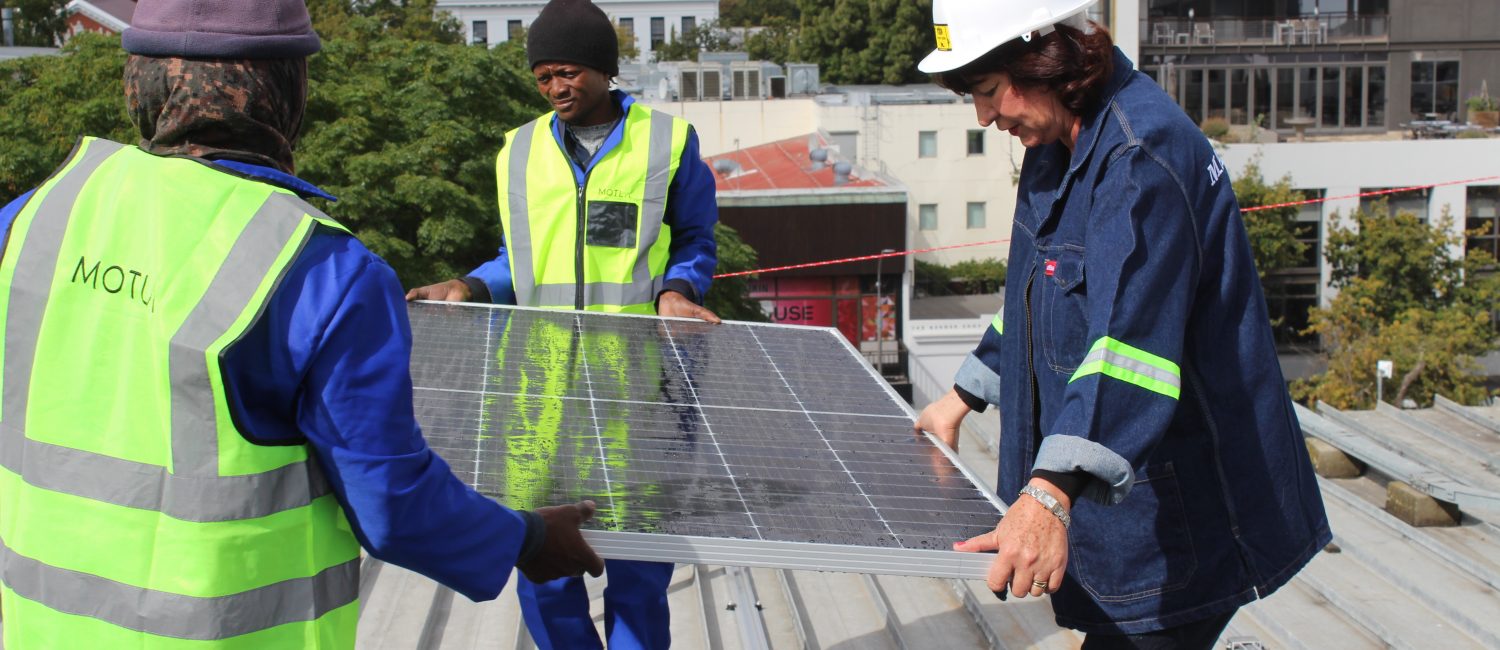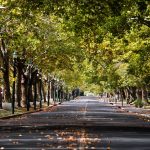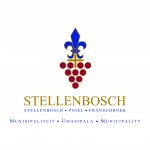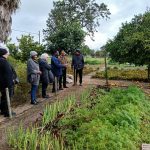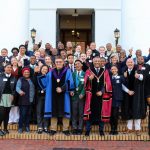What is the plan, what are the timeframes and how will it affect you?
03 March 2023
Stellenbosch Municipality started to proactively research the potential to mitigate the impact of load shedding on our residents in 2018. In January of 2021, the Stellenbosch Council gave the green light for a scientific investigation and feasibility study to be conducted into various alternate sources of electricity.
Our aim with this, was to ensure that we get energy experts involved in our plans to co-generate electricity to protect our residents and businesses from the devastating effects of Eskom’s load shedding.
A Council Item that will include the Energy Master Plan, to provide details on the findings of these studies and what exactly our short- and long-term plans entail, will be serving before open council at the next council meeting on 29 March 2023.
Many suggestions were received from the public around building our own power stations, erecting massive wind farms, and even commissioning a nuclear power station. These all sound like quick fixes but they are not. Some are not environmentally friendly or affordable. Going this route will be costly and can only be afforded with exponential tariff increases as the funding for these projects will have to be funded from our own annual budget. Therefore, we must be conservative with our approach and implement plans that are realistic, feasible and affordable.
The plan that was adopted by Council in January 2021 is to be able to drop one or two stages of load shedding and to control our own load shedding. This is a two-phased plan, based broadly on the following:
FIRST PHASE
- We have started with processes to reduce our dependency on Eskom by 10%. The Municipality is planning on utilising its own solar generation as well as the surplus generation from the public to reduce the offtake from Eskom.
- In April 2022, we switched on the first sets on solar panels on several municipal properties. We have now completed the installation of solar panels on all major municipal buildings and 700kW of supply has already been commissioned.
- Our Energy Master Plan has been completed by the Centre for Scientific and Industrial Research (CSIR).
- A draft Cost of Supply Study has also been completed.
- We have successfully appointed the Stellenbosch University that is busy with an Electricity Storage Study for us.
- The Stellenbosch University is implementing a project together with the Western Cape Government to roll out solar installations at 20 local schools, which will also help reduce our overall load on Eskom.
- For us to be able to physically absorb and control surplus electricity, the municipality is in the process of procuring the telemetry, master station and switching gear to enable the switching of sections within the Stellenbosch Municipal Area on a rotating manner ourselves.
- We have included funding in our Adjustment Budget and Capital Expenditure Framework for this telemetry project.
- Once installed, tested, and commissioned, the Municipality will ultimately be able to absorb surplus energy and thereby reduce the dependence on Eskom supply.
- We are encouraging our consumers to install solar panels at homes and businesses, to reduce the load we collectively need from Eskom. Even those residents who have installed solar units at home and have not been through the formal application and commissioning process, are encouraged to do so by contacting us via:
- WhatsApp: 0769510768
- Email: engineering.services@stellenbosch.gov.za
- Telephone: 021 808 8343, 021 808 8215, 021 808 8345 or 021 808 8957
- The application form for the connection of Small Scale Embedded Generation (SSEG) can be found here:https://stellenbosch.gov.za/download/application-for-the-connection-of-embedded-generation-stellenbosch-municipality-wc024/
- To date, 3.4MW of solar installations have been successfully registered and installed by the public.
- At this stage, we anticipate that Phase 1 of the project will be completed by 31 December 2023.
SECOND PHASE
- Further downstream measures to reduce the impact of load shedding are also underway.
- Stellenbosch Municipality is preparing to invite external entities to generate electricity through solar farms and battery banks from within the Stellenbosch Municipal boundaries.
- We will also collaborate with other Western Cape municipalities to jointly purchase electricity from existing IPPs.
- We intend to investigate the construction of a solar/renewable energy plant within the Stellenbosch Municipal Area.
- A project to convert methane gas into the much less harmful carbon dioxide (CO2) from our Landfill Site was launched in January of this year. Through this process, we aim to generate roughly 500kW per day.
- Studies are also being performed to look at the employment of gravity storage mechanisms, such as pump-storage schemes as well as green hydrogen generated from landfill sites.
- This process is likely to run up until 2026 and is a longer-term strategy that is being enabled concurrently with Phase 1.
Stellenbosch Municipality wants to ensure all residents that any decisions taken around our alternative energy solutions will serve before open council. Above initiatives will be implemented in stages to ensure it is affordable and does not place undue stress on our budget.
Once again, Stellenbosch Municipality thanks all residents for their patience and support throughout this process.

